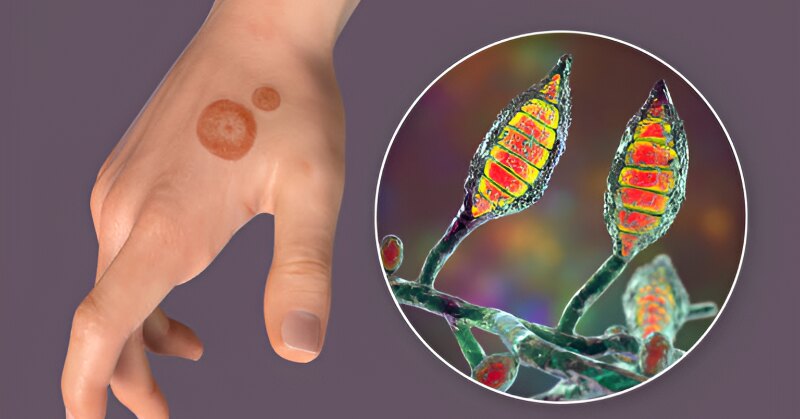Have you felt a worsening of joint pain and stiffness over time along with your psoriasis?

What is Psoriatic Arthritis?
Psoriatic arthritis is an inflammatory arthritis type, intricately linked with psoriasis, a condition characterized by red patches of skin topped with silvery scales. The journey of PsA is as unpredictable as it is challenging, affecting joints, skin, and nails. It doesn't discriminate, potentially affecting anyone with psoriasis, though most people see signs of arthritis years after psoriasis appears.
Red Flags of Psoriatic Arthritis
The first warning signs of psoriatic arthritis can be subtle, yet they are distinct red flags that should not be ignored:
Joint pain and stiffness: Especially in the morning or after periods of rest.
Swollen fingers and toes: This can give them a sausage-like appearance, known as dactylitis.
Nail changes: Including pitting, discoloration, and separation from the nail bed.
Reduced range of motion: Difficulty moving joints as freely as before.
Enthesitis: Pain at sites where tendons or ligaments insert into the bone, particularly at the Achilles' tendon or the sole of the foot.
Early Warning:The first warning sign of psoriatic arthritis often involves a combination of skin and joint symptoms. For those with a history of psoriasis, any new joint discomfort should prompt consideration of PsA.
The key to quick detection lies in recognizing these early signs and consulting with a healthcare provider for a comprehensive evaluation, including physical examinations, blood tests, and imaging studies.
Common Triggers
Psoriatic arthritis can be triggered or exacerbated by various factors. These triggers may include:
Stress: Known to exacerbate both psoriasis and arthritis symptoms.
Injury: Physical trauma can spark PsA in affected joints.
Infection: Certain infections can trigger or worsen symptoms.
Smoking: A risk factor for developing psoriasis and PsA.
Treatment Options
Early detection of psoriatic arthritis is crucial for effective management and improved quality of life. If you experience any of the red flags mentioned earlier, consult a healthcare professional promptly for an accurate diagnosis. They will perform a thorough evaluation, including a physical examination, medical history review, and possibly imaging or laboratory tests.Treatment options for psoriatic arthritis aim to alleviate symptoms, slow disease progression, and improve overall well-being. They may include:
NSAIDs: Nonsteroidal anti-inflammatory drugs can relieve pain and reduce inflammation.
DMARDs: Disease-modifying antirheumatic drugs slow disease progression.
Biologics: Target specific parts of the immune system to prevent inflammation.
Physical therapy: Helps maintain joint flexibility and muscle strength.
Psoriatic arthritis typically appears in adults between the ages of 30 and 50, but it can start at any age, even in children. The onset is often gradual, with symptoms accumulating over time, making early detection and treatment essential. Recognizing the signs and triggers of PsA can lead to a timely diagnosis and effective management strategy, paving the way for a life not defined by pain but by resilience and strength. If you or someone you know is navigating the complexities of psoriatic arthritis, remember, the journey to relief begins with understanding and action.




